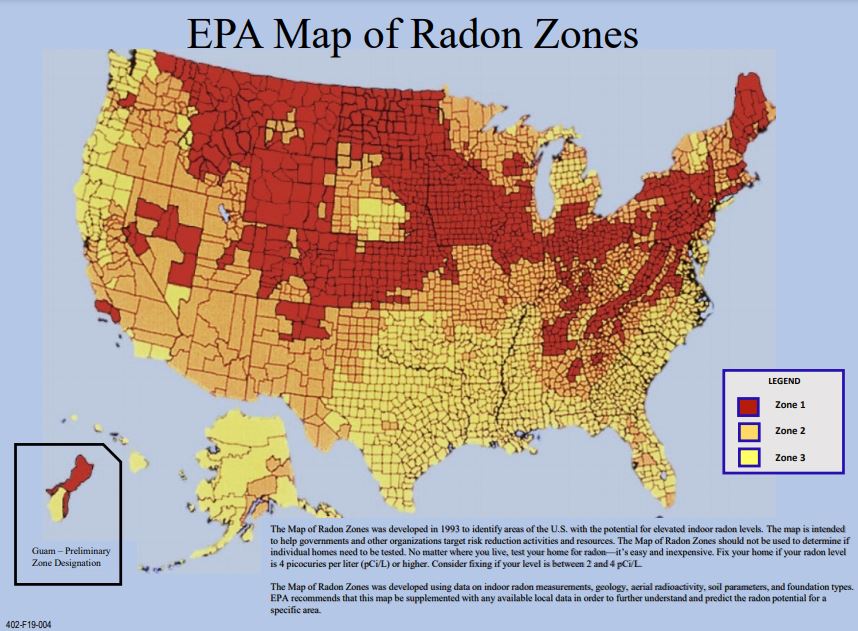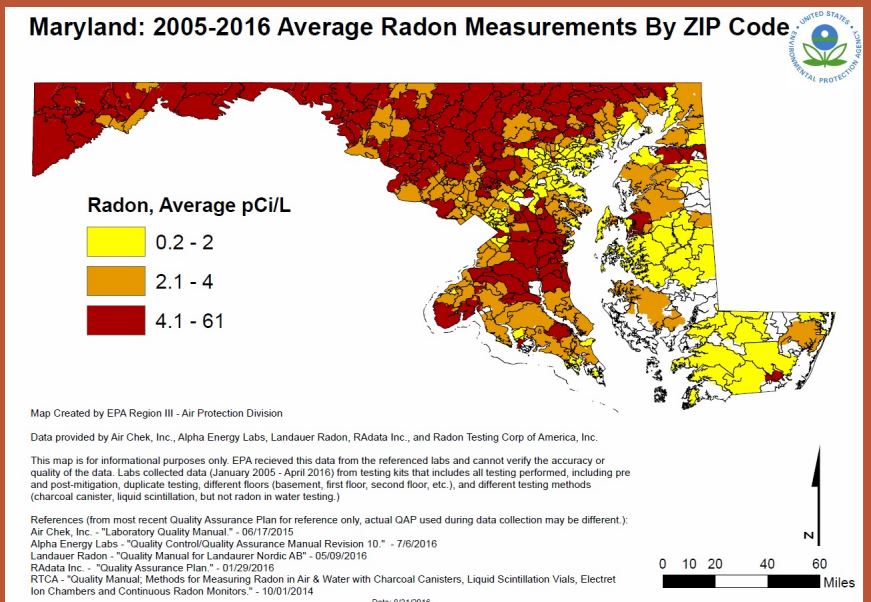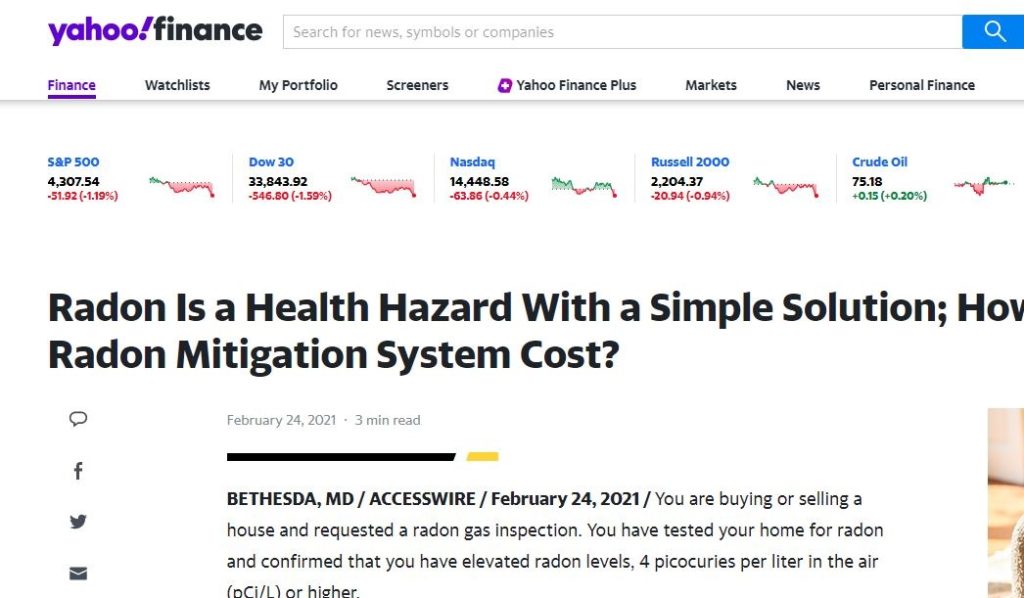How does Active Soil Ventilation Radon Mitigation Method Work?
A number of methods can be considered for reducing indoor radon levels. For radon from natural sources, these methods fall into two generic categories: methods aimed at preventing the radon from entering the house, and those aimed at removing radon or its decay products after entry. The selection and design of a cost-effective radon reduction system for a specific house will depend upon a number of factors specific to that house, including, for example, the initial radon concentration and a variety of house construction details.
The prevalent radon reduction strategy is to prevent entry into the house. Radon entry can be prevented
by anyone or combinations of the three processes: (1) remove the source of the radon, (2) eliminate or
reverse the driving forces causing radon entry, or (3) eliminate the entry routes. Soil ventilation, crawlspace ventilation, sealing, house pressure adjustments are all reduction techniques that attempt to prevent radon from entering the house, while house ventilation and air cleaning are techniques that attempt to remove radon (or its decay products) from inside.
Active Soil/ Ventilation Method: Drain Tile Ventilation
Principle of Operation
Uses a fan to draw suction on the perforated footing drain tiles that surround some houses for water drainage. In this manner, uses the tiles to maintain a low-pressure filed in the soil/aggregate under and around the house, drawing soil gas into the tiles and exhausting it outdoors, preventing it from entering the house.
Applicability
Houses with slabs which have a reasonably complete loop of drain tiles around the outside or inside of the footings
Active Soil/ Ventilation Method: Sub-slab Ventilation
Principle of Operation
Uses fan to establish low-pressure field under slab, as above, but in this case by drawing suction on pipes inserted into the soul/aggregate under the slab.
Applicability
Any house with a slab, having reasonable permeable under the slab (good aggregate on permeable soil, example: 4 inch crashed gravel)











